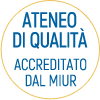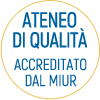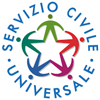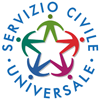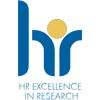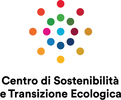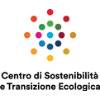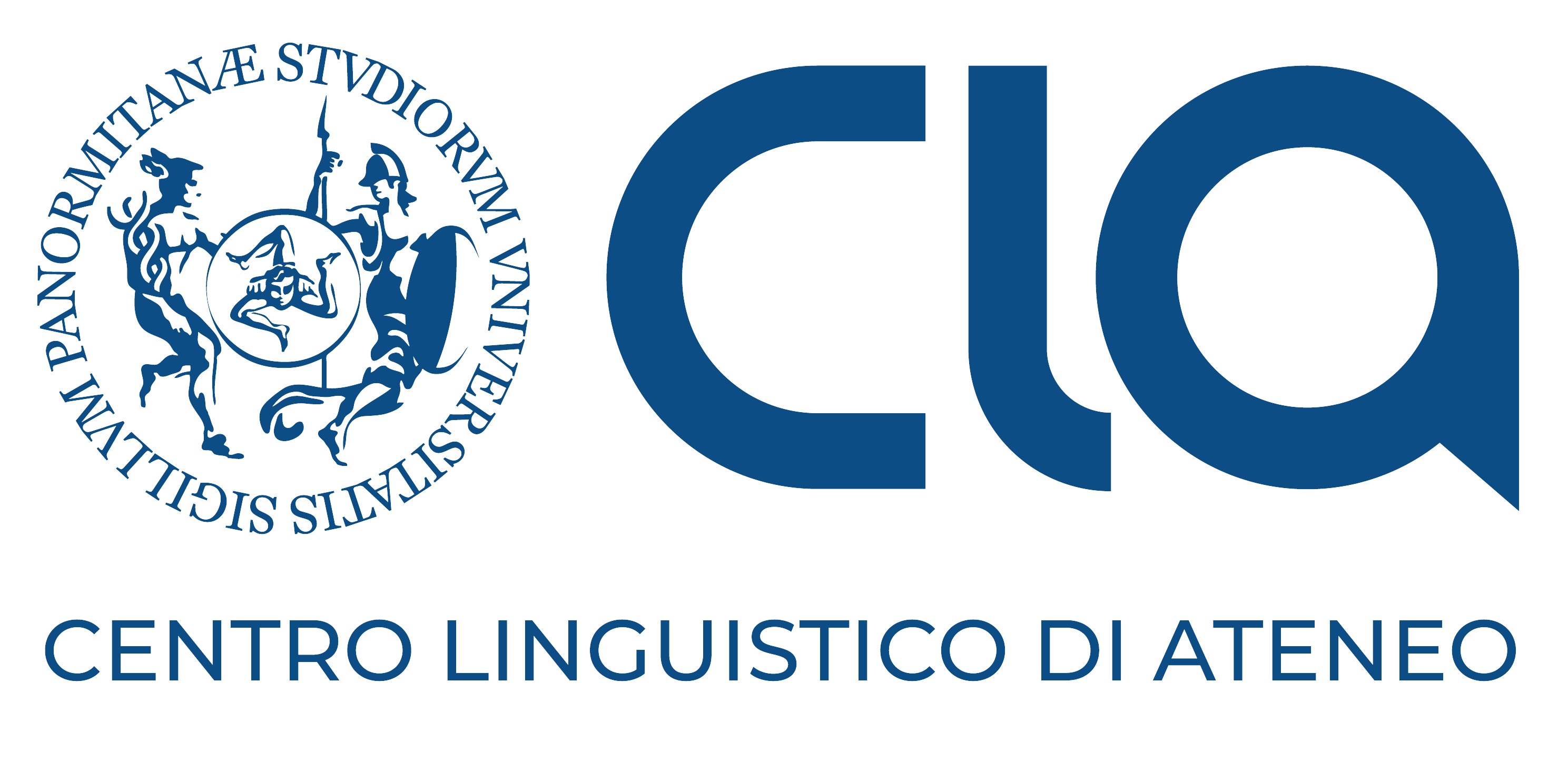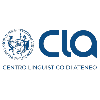Per approfondire
Si segnalano qui di seguito dei testi utili per l'approfondimento:
1. Sulla bibliometria in generale:
Nicola De Bellis, Introduzione alla bibliometria. Dalla teoria alla pratica, Roma, AIB, 2014.
Chiara Faggiolani, La bibliometria, Roma, Carocci, 2015.
Riflessioni su valutazione della ricerca e bibliometria, a cura di Maria Stella Castiglia - Vittorio Tranchina (versione inglese trad. di Domenico Ciccarello), Palermo, Università degli Studi, 2016.
Maria Teresa Biagetti, Valutare la ricerca nelle scienze umane e sociali. Milano, Editrice bibliografica, 2017.
Simona Turbanti, Strumenti di misurazione della ricerca. Milano, Editrice bibliografica, 2018.
2. Sugli indicatori bibliometrici (anche in rapporto ai database citazionali):
CITATION INDEX e IMPACT FACTOR
Eugene Garfield, Citation indexes for science: a new dimension in documentation through association of ideas, «Science», vol. 122 (1955), n. 3159, pp. 108-111. https://doi.org/10.1126/science.122.3159.108
Eugene Garfield, The history and meaning of the Journal Impact Factor, «Journal of the American Medical Association», vol. 295 (2006), n. 1, pp. 90-93. https://doi.org/10.1001/jama.295.1.90
H-INDEX e derivati
Jorge E. Hirsch, An index to quantify an individual's scientific research output. In «Proceedings of the National Academy of Sciences», vol. 102 (2005), n. 46, pp. 16569-16572. https://doi.org/10.1073/pnas.0507655102
Leo Egghe, Ronald Rousseau, An informetric model for the Hirsch-index, «Scientometrics», vol. 69 (2006), n. 1, pp. 121-129. https://doi.org/10.1007/s11192-006-0143-8
Leo Egghe, Theory and practise of the g-index, «Scientometrics», vol. 69 (2006), n. 1, pp. 131-152. https://doi.org/10.1007/s11192-006-0144-7
Antonis Sidiropoulos, Dimitrios Katsaros, Yannis Manolopoulos, Generalized h-index for disclosing latent facts in citation networks, «Scientometrics», vol. 72, (2007), n. 2, pp. 253-280.https://doi.org/10.1007/s11192-007-1722-z
Pablo D. Batista, Monica G. Campiteli, Osame Kinouchi, Alexandre S. Martinez, Is it possible to compare researchers with different scientific interests?, «Scientometrics», vol. 68 (2006), n. 1, pp. 179-189. https://doi.org/10.1007/s11192-006-0090-4
EIGENFACTOR e ARTICLE INFLUENCE SCORE
Carl T. Bergstrom, Eigenfactor: measuring the value and prestige of scholarly journals, «College & Research Libraries News», vol. 68 (2007), n. 5, pp. 314-316. https://doi.org/10.5860/crln.68.5.7804
Carl T. Bergstrom, Jevin D. West, Marc A. Wiseman, The Eigenfactor™ Metrics, «Journal of Neuroscience», vol. 28 (2008), n. 45, pp. 11433-11434. https://doi.org/10.1523/JNEUROSCI.0003-08.2008
SJR e SNIP
Borja González-Pereira, Vicente P. Guerrero-Bote, Félix Moya-Anegón, A new approach to the metric of journals’ scientific prestige: the SJR indicator, «Journal of Informetrics», vol. 4 (2010), n. 3, pp. 379-391. https://doi.org/10.1016/j.joi.2010.03.002
Vicente P. Guerrero-Bote, Félix Moya-Anegón, A further step forward in measuring journals’ scientific prestige: the SJR2 indicator, «Journal of Informetrics», vol. 6 (2012), n. 4, pp. 674-688.
https://doi.org/10.1016/j.joi.2012.07.001
Henk F. Moed, Measuring contextual citation impact of scientific journals, «Journal of Informetrics», vol. 4 (2010), n. 3, pp. 265-277. https://doi.org/10.1016/j.joi.2010.01.002
RELATIVE CITATION RATIO
B. Ian Hutchins, Xin Yuan, James M. Anderson, George M. Santangelo, Relative Citation Ratio (RCR): a new metric that uses citation rates to measure influence at the article level, «PLOS Biology», 14 (2016), n. 9. https://doi.org/10.1371/journal.pbio.1002542
ALTMETRICS
Jason Priem, Dario Taraborelli, Paul Groth, Cameron Neylon, Altmetrics: a manifesto, 26 October 2010. http://altmetrics.org/manifesto.




